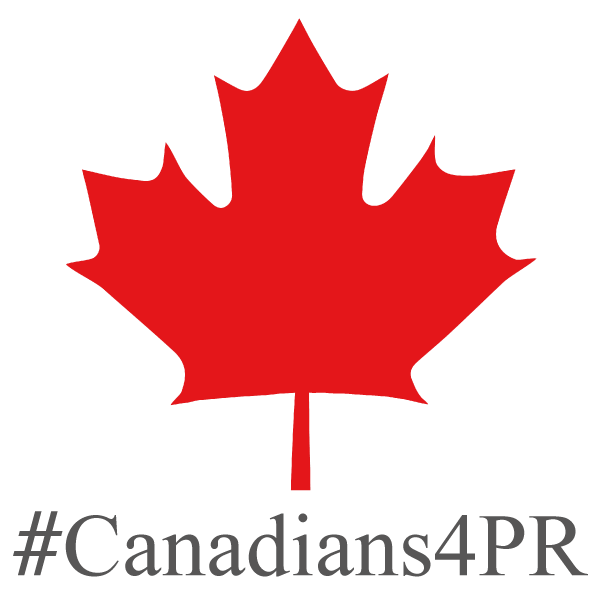Once someone realizes how our First-Past-the-Post voting system produces highly distorted election results, their first question is usually either, “Why do we use FPTP in the first place?” or “Why are we still using it if it is so unfair?”
Where did FPTP come from?
FPTP is a very simple election system that Canada inherited from the UK. It was invented way, way back, when populations were smaller and people voted for candidates that they most likely personally knew and who ran as individuals. This was a time long before there were official parties.
The forming of party systems
As populations grew larger, and people became less familiar with individual candidates, parties started to form. This made it easier for people to decide who to vote for, as they could just vote for the party that most aligned with their own values. However FPTP was never designed to handle the results of large elections involving party systems.
FPTP wasn’t designed for elections involving party systems
FPTP math is too simple to produce reliably democratic results when there are parties involved. Even with a two-party election, FPTP math can still produce the occasional ‘wrong winner’ result. Examples are the Clinton-Trump U.S. election and in the recent New Brunswick election. Once there are three or more parties, the results become significantly distorted. Canada has had more than two major parties since the 1920’s, almost 100 years, at which point the electoral system should have been changed.
Unfortunate side effects
How does FPTP math distort the results once there are more than three parties running in an election? Well, if there are three parties running candidates in a riding, it makes it possible for one of them to win with as little as 34% of the vote, since the person with the most votes wins, not the person with more than half the votes. This produces the unfortunate side effect of making it easier and easier to win the more parties there are, which is why this is something that the dominant parties like.
Because parties don’t have to win a majority in the ridings, it also results in parties regularly winning a majoritiy of the seats, and therefore 100% of the power, even though they actually only received 40%, or usually less, of voter support.
Well, you can bet that this side effect of FPTP makes it very difficult for the party in power to want to change the status quo.
FPTP math also has another unfortunate side effect of making it very difficult for smaller parties to get fair representation. When support for smaller parties are spread out across the country or province, and not concentrated in one riding, it makes it very difficult for them to win a seat. Yet they could have very significant support overall. This effectively keeps the dominant parties in power, and keeps other voices out of government.
These side effects that benefit the dominant parites make it very difficult for any government, once they are in power, to genuinely want to change what seems to be working for them, which is the main reason why we still have it.
Canada has become more diverse
While the two dominant parties in the country, or those of the provinces, are constantly battling back and forth for power, Canadians’ values have changed dramatically since the first days of FPTP. The dominant in any jurisdiction are no longer sufficient to represent the diversity of Canadians.
It is very telling that despite FPTP working against them and wasting their vote, Canadians still consistently support smaller parties. In fact, support for these parties keeps growing. It is obvious that Canadians want more diverse representation in government, and keep trying to demonstrate that through their vote. It is time our voting system reflected that diversity.
It is unfair that Canadians are subject to an outdated voting system just because the math favours the dominant parties in power and keeping the status quo. It is time our voting system catches up with Canadian values.
If changing the voting system is important to you, keep in touch. Sign the petition, take the Canadians4PR Pledge, subscribe to the email updates, follow us on Facebook, and take some small actions that make a big difference!


